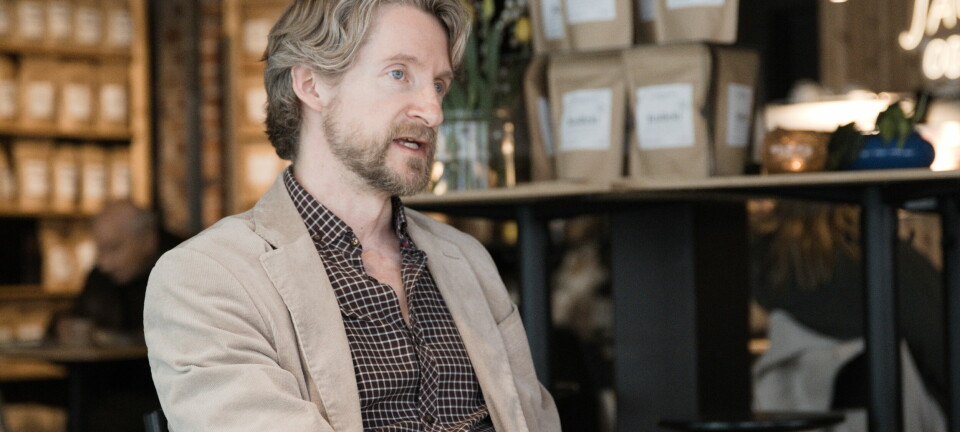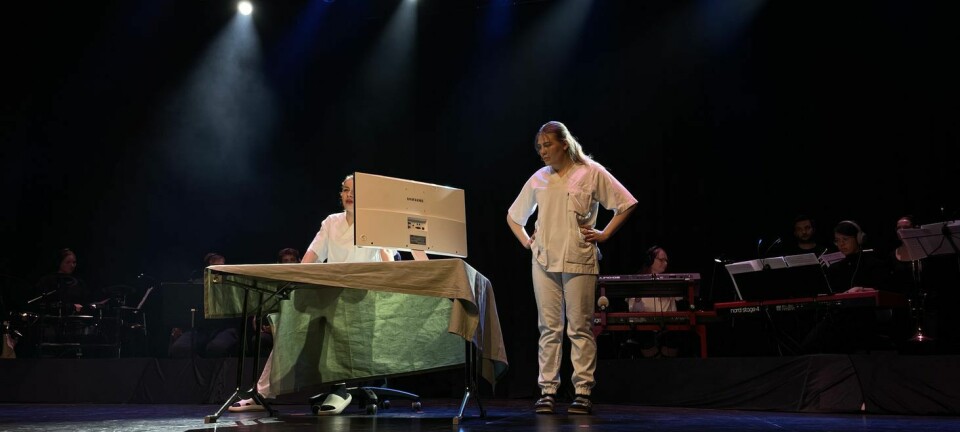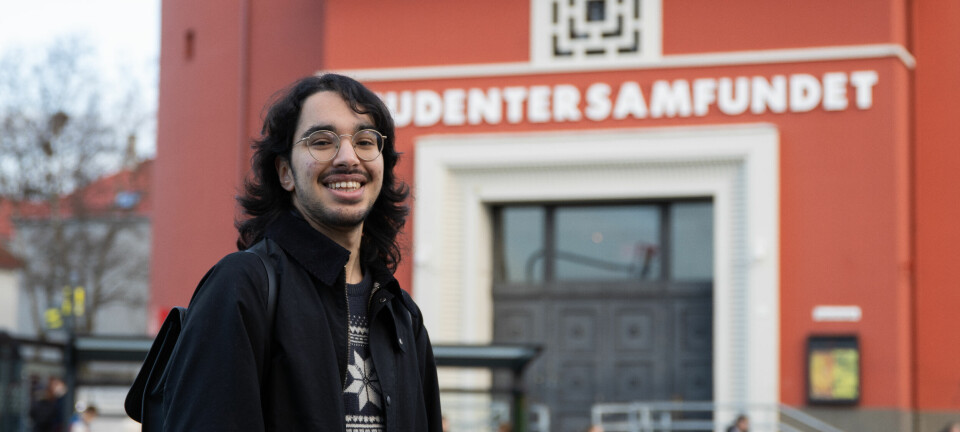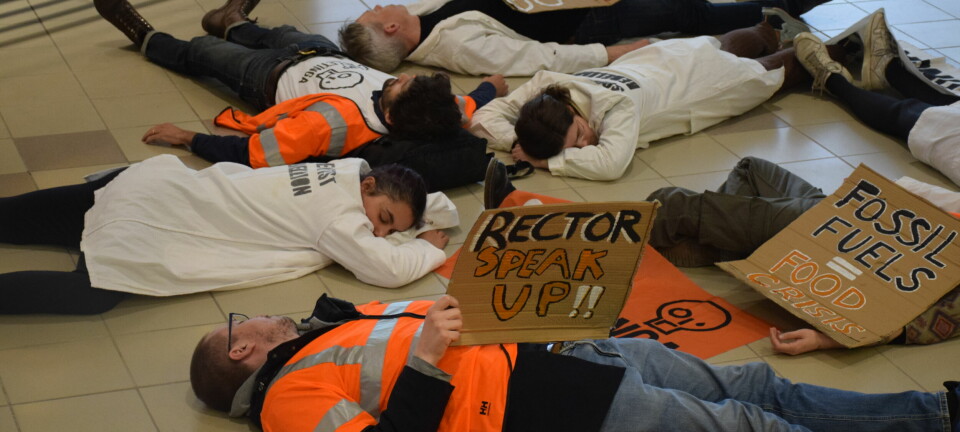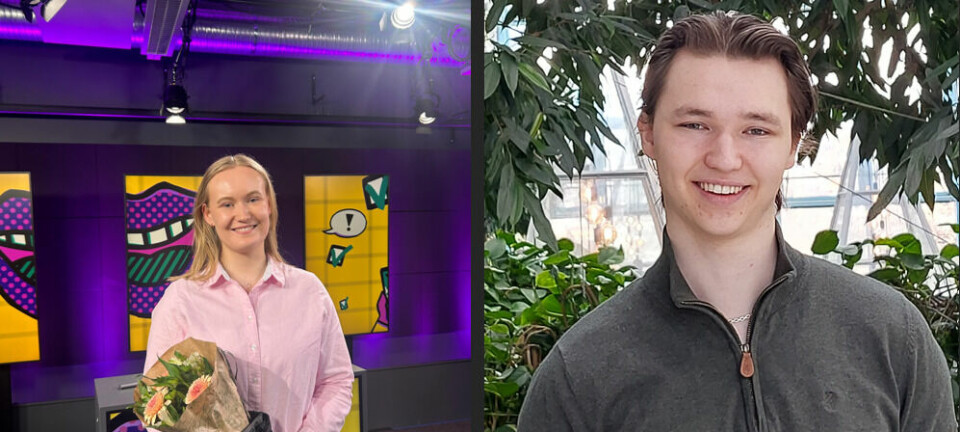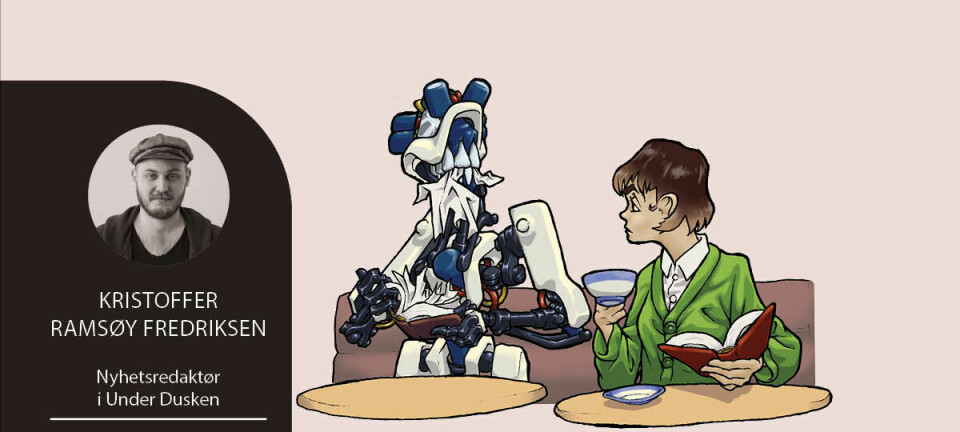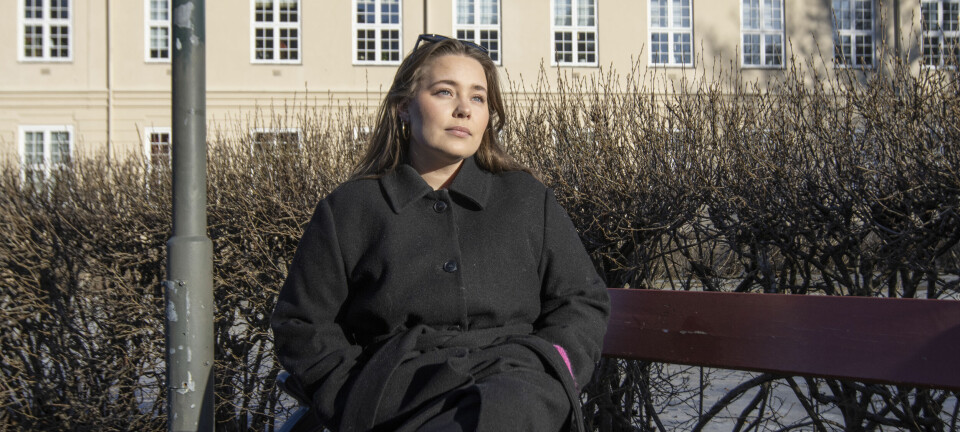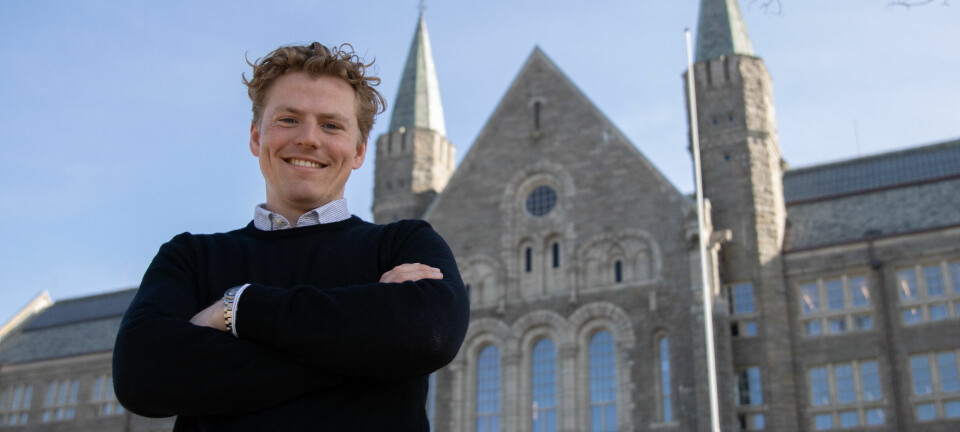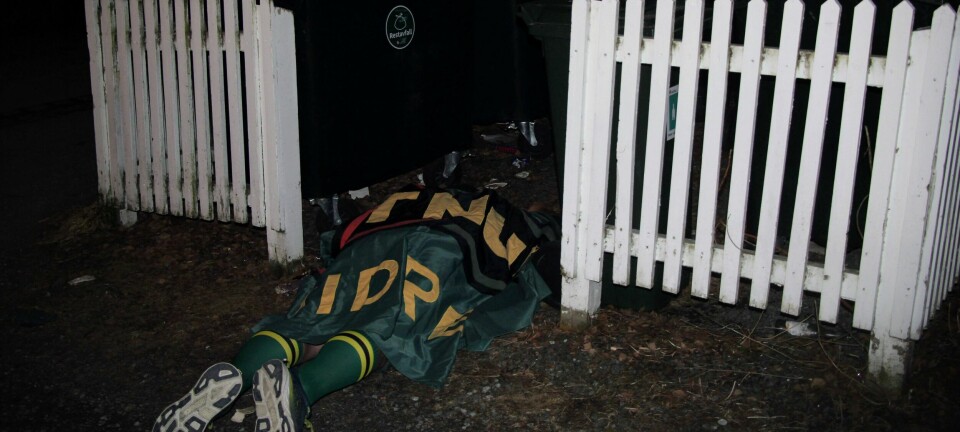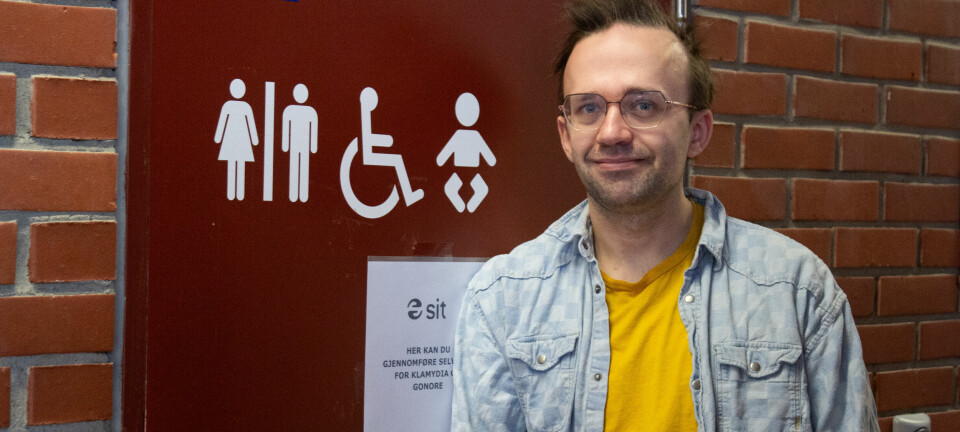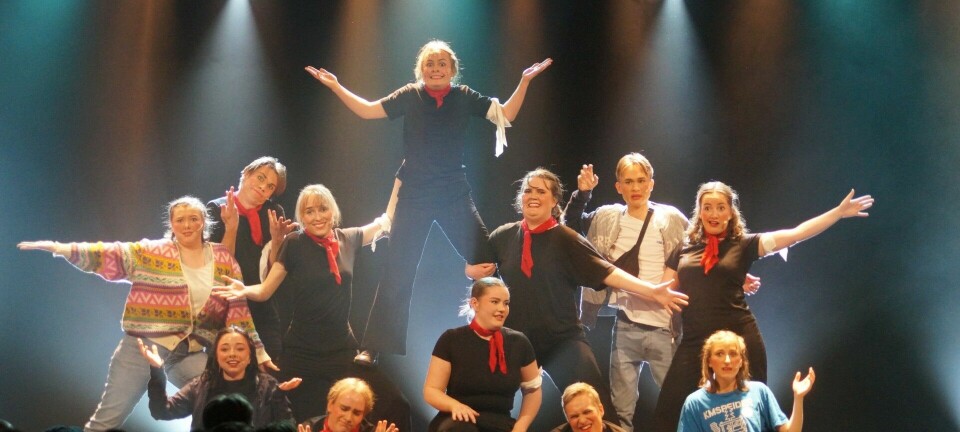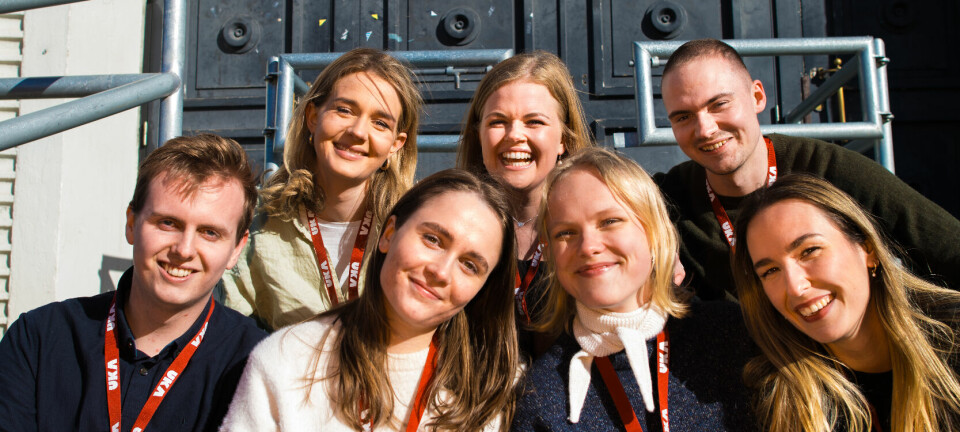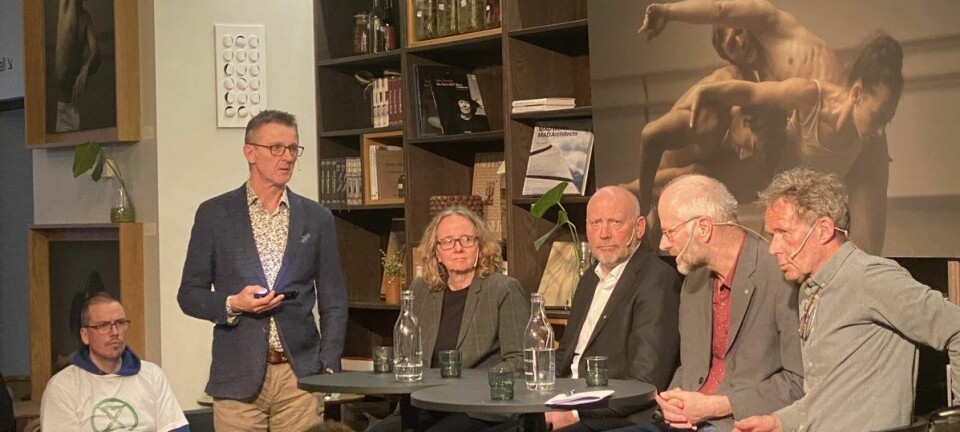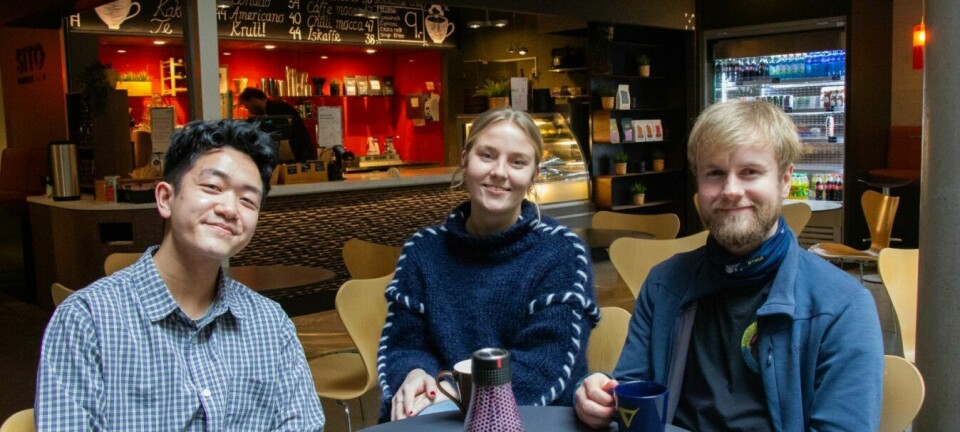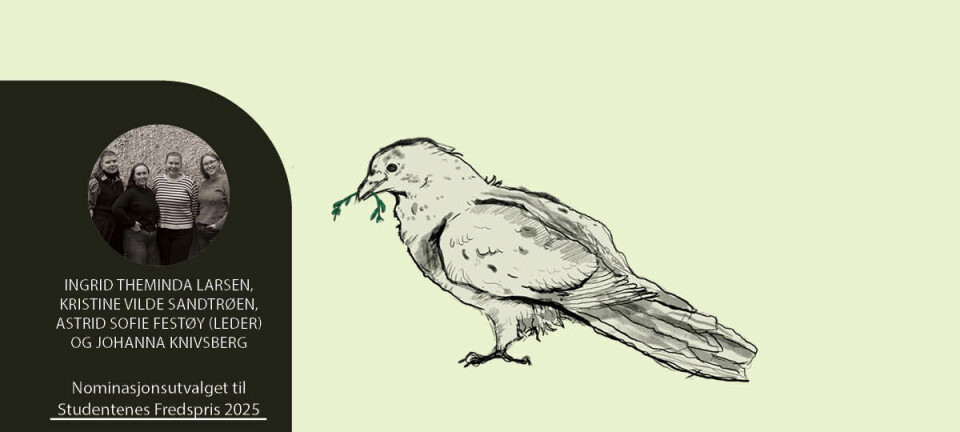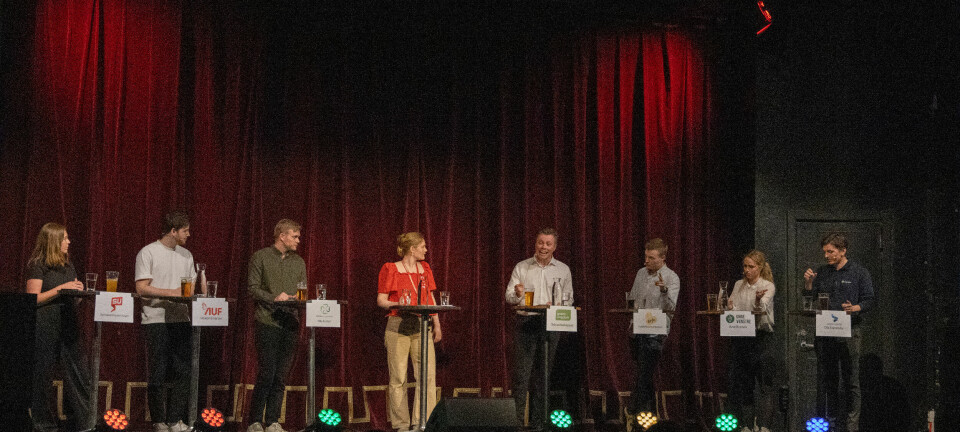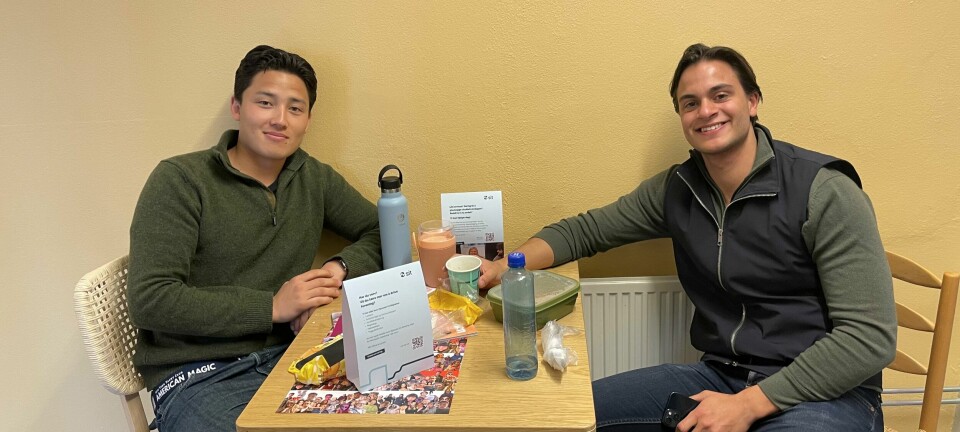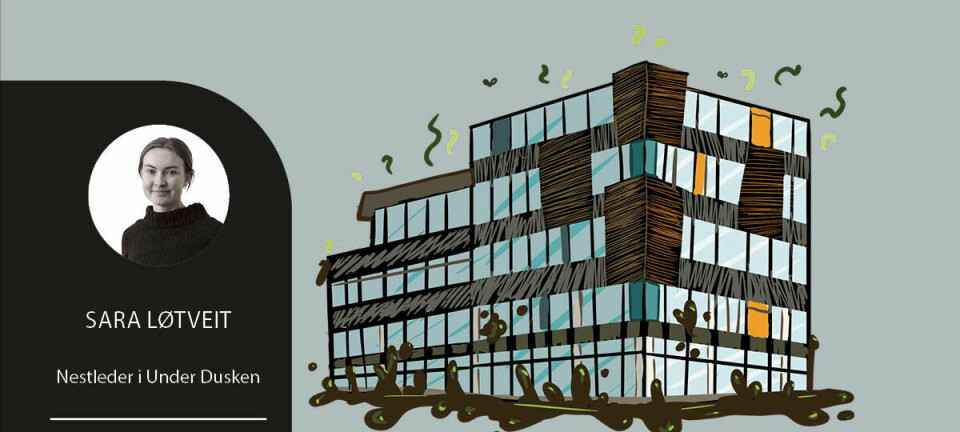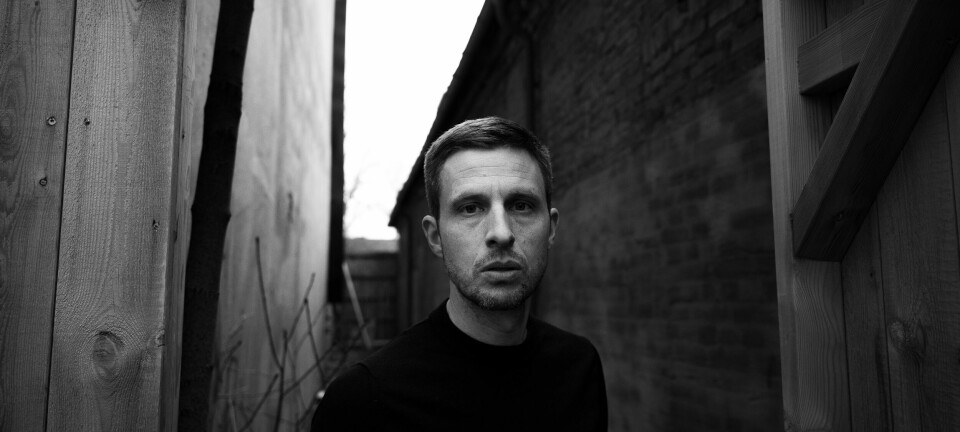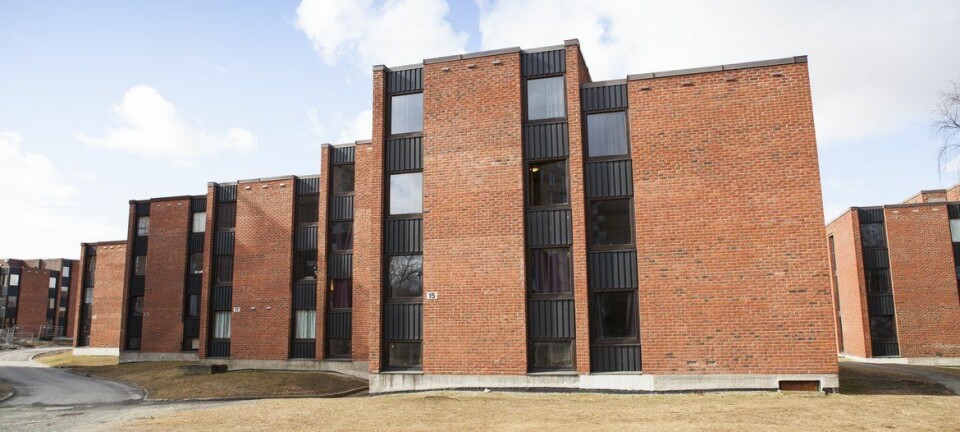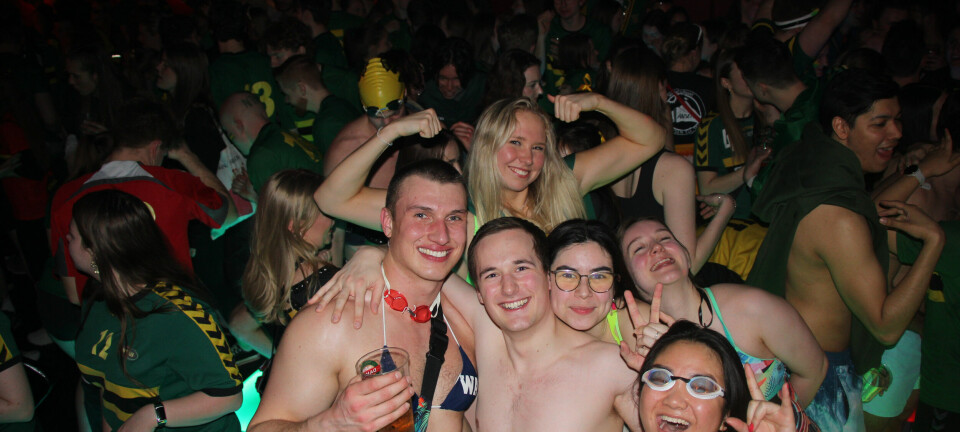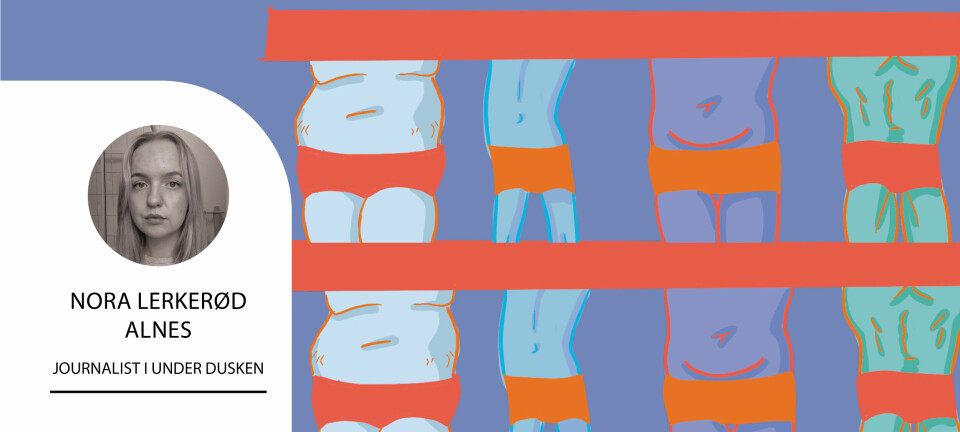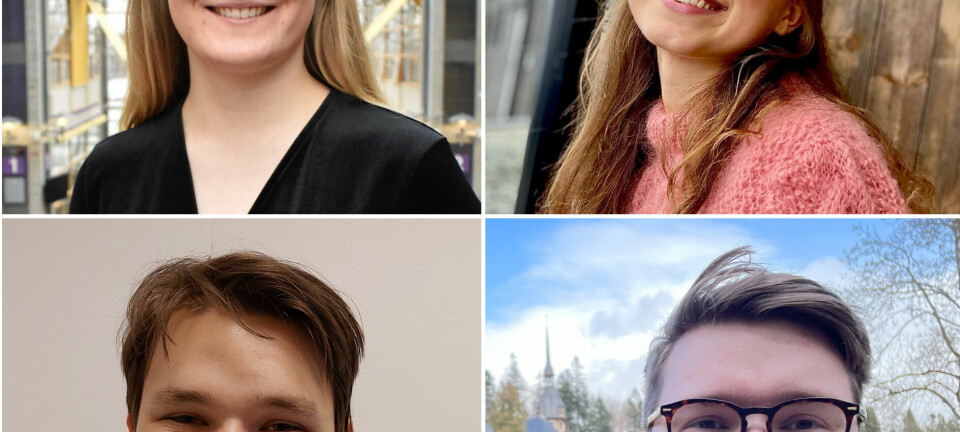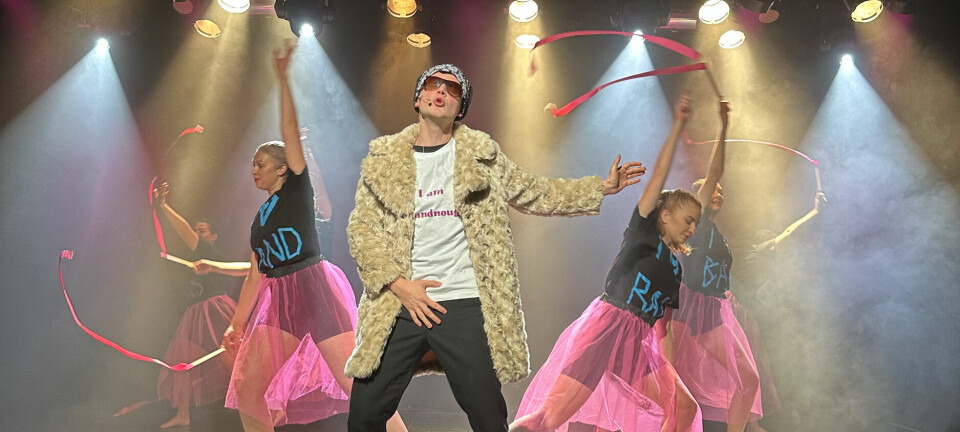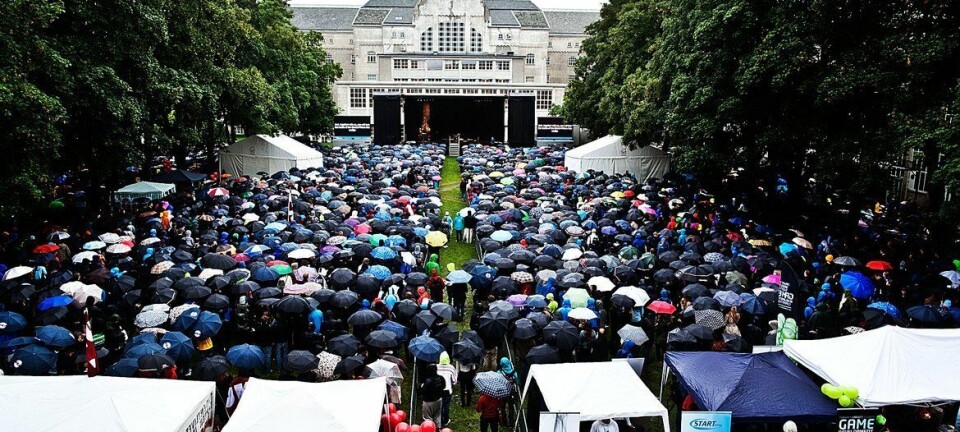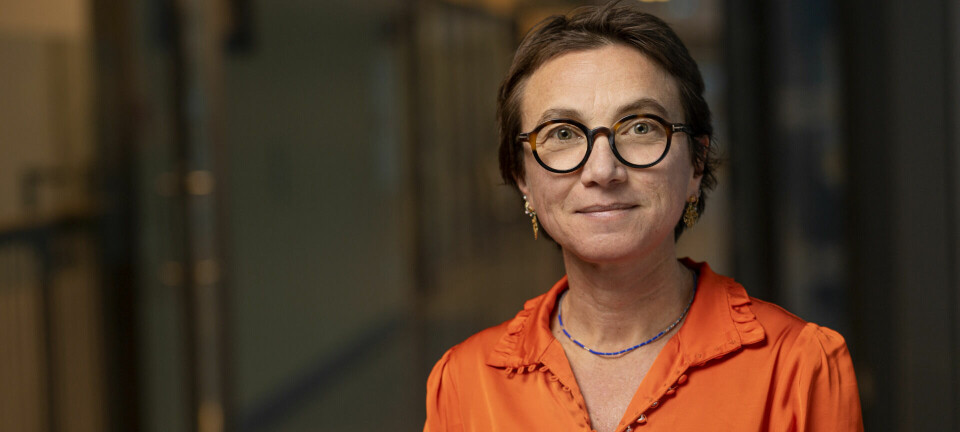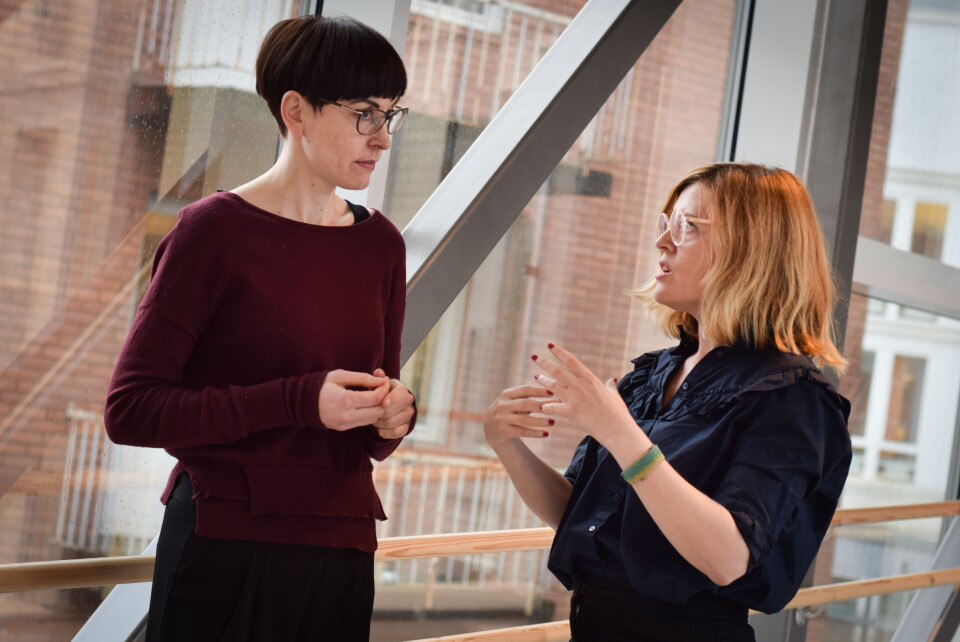
Contributing to a lasting change
#Metooacademia works towards a goal of enlightening and preventing the issue of sexual harassment in academia.
As of 2016 there were approximately 289 000 students of higher education in Norway. Numbers from a recent study performed by Professor Ingrid Lund with the Education Development Center at the University in Agder, has revealed that as many as one percent of students have experienced sexual harassment during their studies. That equals to approximately three thousand students, and that is just in higher education.
Another study executed by First Associate Mons Bendixen and Professor Leif Edward Ottesen Kennair with the Institute of Psychology at NTNU, shows that the same number of high school students have reported incidents of sexual harassment.
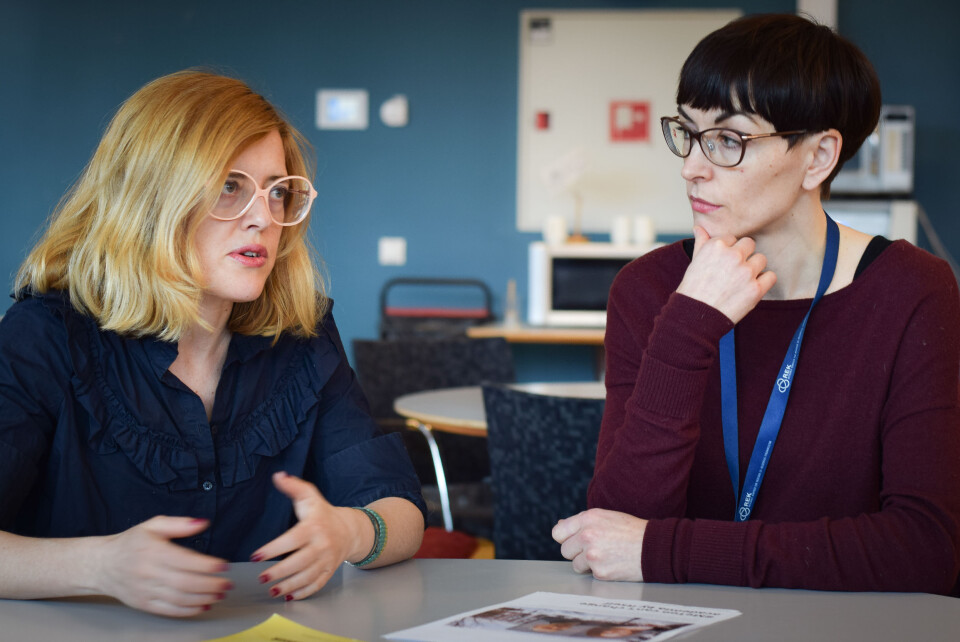
Clearly, sexual harassment within the academic world is an obvious problem, and in light of the #metoo-campaign, stories are beginning to emerge also within academia.
– Nothing happened
Senior advisor Marit Hovdal Moan with the Institute of Medicine and Health Sciences, and postdoctoral scholar Sophia Efstathiou with the Programme for Applied Ethics at NTNU, are the two women behind the Norwegian Metooacademia-campaign.
They have both experienced incidents of sexual harassment themselves.
– For us it was personally important because we have both had this type of experience, something we had previously discussed with each other. And it was also, I think, an opportunity for us to take a position and try to create some momentum for change, says Efstathiou.
She goes on to explain that she never reported her own experience after consulting with her supervisor, largely because she found the whole procedure of reporting an incident like this very problematic.
– It is very personal, but I believe in doing something about this structurally.
Efstathiou says that they have a Facebook group in connection with the campaign, and they received stories from people who have experienced sexual harassment in academia. In these stories there are a lot of similarities in how harassment occurs.
Marit Hovdal Moan says she had been waiting for someone to take the initiative for such a campaign.
– It’s such a huge sector and I was taking it for granted that you know, ‘now soon - we’ll see this explode in academia too, it won’t take long now’, and then nothing happened. So I was sitting there, and I was thinking, ‘well someone has to do it’.
Moan explains that it was the Swedish campaign in academia that inspired her to take the initiative for something similar here in Norway as well. She agrees with Efstathiou that this campaign is just as important on the societal level as it is on the personal.
– What has been important to me, as Sophia said, was the lack of trust in the system in relation to harassment.
The isolation effect
Moan says she did not immediately see her experience as a type of sexual harassment. She wants to stress how important it is to talk about what sexual harassment is, because it is such an elusive concept.
– The law gives a more or less precise definition of what harassment is, but it does not capture every aspect of it. Perhaps that is also why it is so difficult to talk about it, there is a lot of shame and insecurity connected to these kind of experiences. It is easy to think: ‘is this something I should react to, or am I being oversensitive?’
It is easy to feel isolated, because you don’t have a frame of reference. This campaign shows people that they are not alone, and also that something clearly needs to be done about the routines for reporting sexual harassment in academia.
– It is not okay that some senior professor pats your butt and later you cannot look them in the eye. You feel ashamed because perhaps you shouldn’t have worn a short skirt that evening, was it your fault? You can never work with this person, which excludes you from a lot of important meetings with the institute.
Efstathiou and Moan both agree that situations like this can have potentially massive consequences, even if it does not fall under the legal definition of assault.
– It excludes you. In my case, the person would corner me in the corridors, and grab me in public. You are afraid to go to work. It is impossible to be in a relaxed state of mind, says Efstathiou.
She explains that this is a potential health and safety issue. But perhaps with added weight on the safety issue.
«In case of fire»
Efstathiou mentions that when she was in Bergen she compared responding to harassment to fire safety. When first moving to Norway she was surprised to find Norwegians so worried about fire. There are fire safety plans posted everywhere, who to contact, how to act, etc. in case of fire. But there is nothing similar on how to respond to sexual harassment.
– There is nothing comparable to that. There is no clear set of instructions for how to deal with sexual harassment.
Moan thinks it is important how you frame sexual harassment. Whether it is a health issue, safety issue, work environment issue. There is also the aspect of gender, women are usually more exposed than men to this sort of behavior.
– The strategy to fight sexual harassment at NTNU that was published in 2012 seems to frame it as a health problem. This is something I am critical of. Once you frame something as a health problem, it becomes an individual problem. It has to do with you, the person who experienced this and your mental health, and you individualize it. Further there is little mention on the offender, those who commit harassment.
She claims that this is not first and foremost an individual problem, but structural. It has to do with power relations.
Strategic ignorance
A study published by professor Ingrid Lund at the University in Agder, revealed that as many as one percent of students in Norway has at one point in their studies experienced sexual harassment, this translates to roughly 3000 students nationwide.
Efstathiou and Moan believes that the actual numbers may be much higher. They mention, among other things, strategic ignorance as one of the reasons why this could be the case. If high statistics of sexual harassment are reported at a university it could harm the reputation of the university. Efstathiou says she has come across stories from universities in the UK and US, where harassment has been covered up.
– It might not necessarily be a conscious decision on the part of the universities, but as of today there are very few Norwegian institutions of higher education that have any statistics to present on the topic. It is not that difficult to do a survey around the universities where you ask these questions.
A male dominated hierarchy
Both women agree that the main goal of this campaign is to shed light on the very real problem of harassment in academia. They want to capture the attention of the media, enlighten the government and unions about the problem, and create some lasting change.
– One of the most prevalent problems today is that the academic structure is often characterized as a strong hierarchical system, and in certain aspects it can also be very male dominated. This is not exclusive to academia.
For example, a young female researcher may experience high levels of insecurity and perhaps a lack of self-confidence. Senior professors and researchers can often be seen as a as a kind of father figure or mentor, and if this person then takes advantage of the uneven balance of power between the two it is an almost impossible situation.
– You do not necessarily want this person to lose his job, but maybe the person should be monitored in some way. The people affected by sexual harassment want recognition, and to know that they are being taken seriously.
Respect and freedom are two of the things that Efstathiou and Moan mention as the most important messages they are hoping to convey with the Metooacademia campaign.
– You want respect and recognition for the work that you do, not for the focus to be on your body. This needs to be about freedom, and have people respect it when you say no.
Unrecorded Incidents
NTNU, Høyskolen Kristiania and Handels- høyskolen BI all have different routines when it comes to sexual harassment. The common denominator for all three institutions is that none of them, at this point, have any statistics concerning sexual harassment among students and employees.
– I have had this job for almost four years now, and during this time we have not received any reports of sexual harassment. We will now discuss these types of challenges internally to see if a change is required in our readiness and routines, says the campus director at Høyskolen Kristiania Trondheim, Camilla Prytz.
She explains that they have a reporting system concerning the social aspects and the learning environment through the different representatives within a class, and that regular meetings are held. Further, she stresses in more serious cases that the road is short to a student advisor and the rest of the school’s resources.
Head of communications at Handelshøyskolen BI, Ole Petter Syrist-Leite, shares that there are no registered complaints of sexual harassment at the school, but that unfortunately there might be unrecorded incidents also in academia.
– The institution takes this very seriously. Sexual harassment is behaviour that is not accepted in our workplace. We have a zero tolerance policy for bullying and harassment, and we all have a responsibility to prevent it from happening, Leite says.
He points out that the most important thing they do going forward, is to prevent this type of thing from happening in the future.
– Prevention is on the agenda in the BI work environment group and learning environment group, and recently we have made sure to go through our routines and update them.
The routines and rules for handling such incidents at NTNU, depends on the relationship between those involved, explains Head of Human Resources, Arne Hestnes at NTNU.
– Sexual harassment of students where an NTNU employee is involved follows the same regulations as the harassment of employees. The regulations are created by the HR department, but handled locally by institutes and faculties based on the principle that cases should primarily be solved where they happen. Sexual harassment between students is not encompassed through the regulations.
Head of the department for student services at NTNU, Jenny Bremer, redirects us to the NTNU students’ internal network, Innsida.
– Information about sexual harassment and who students can contact if they experience sexual harassment can be found on Innsida. There will be a survey about sexual harassment in Shot 2018 (student health and well-being survey - ed.), and then we will have more certain numbers.

